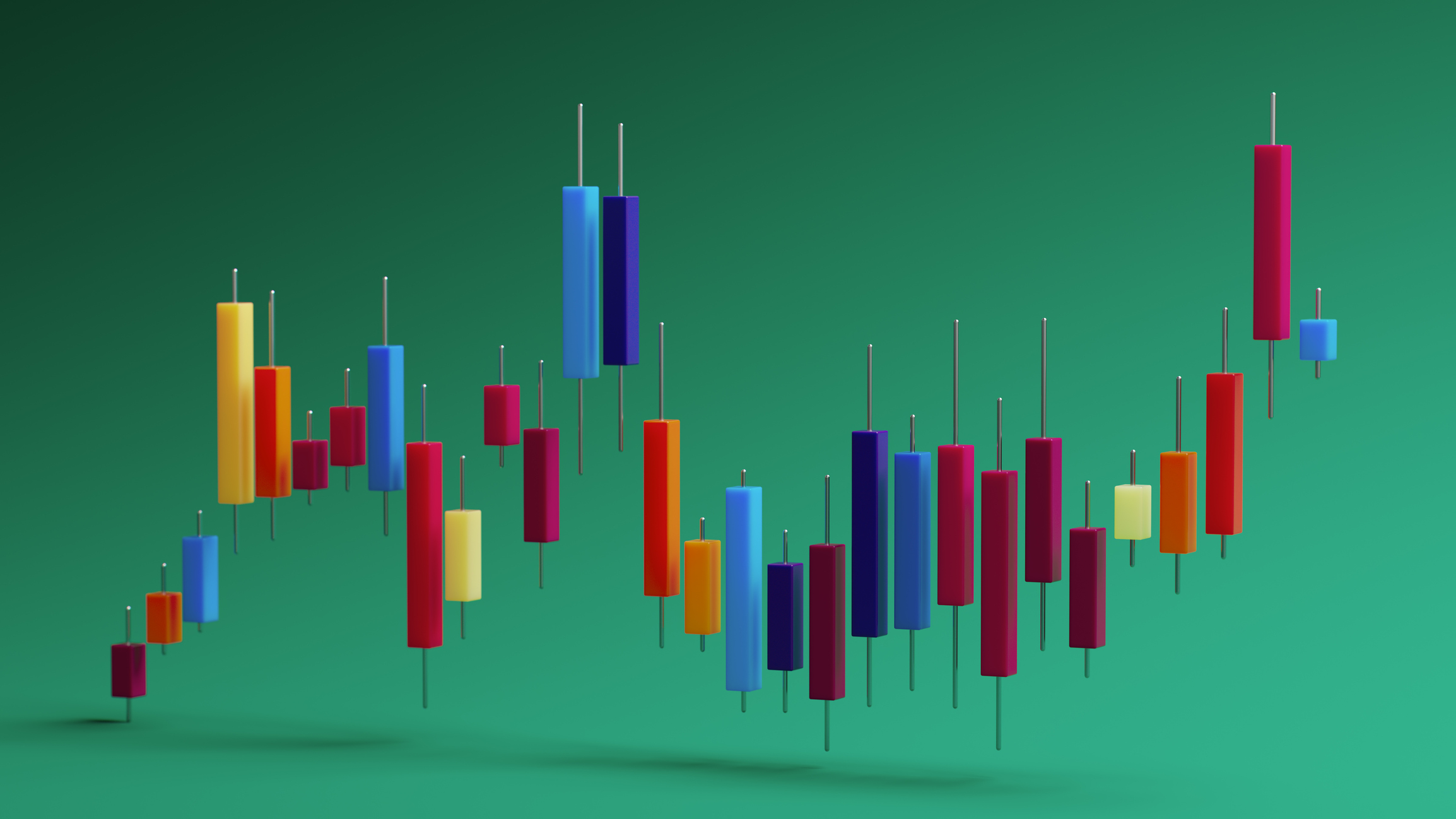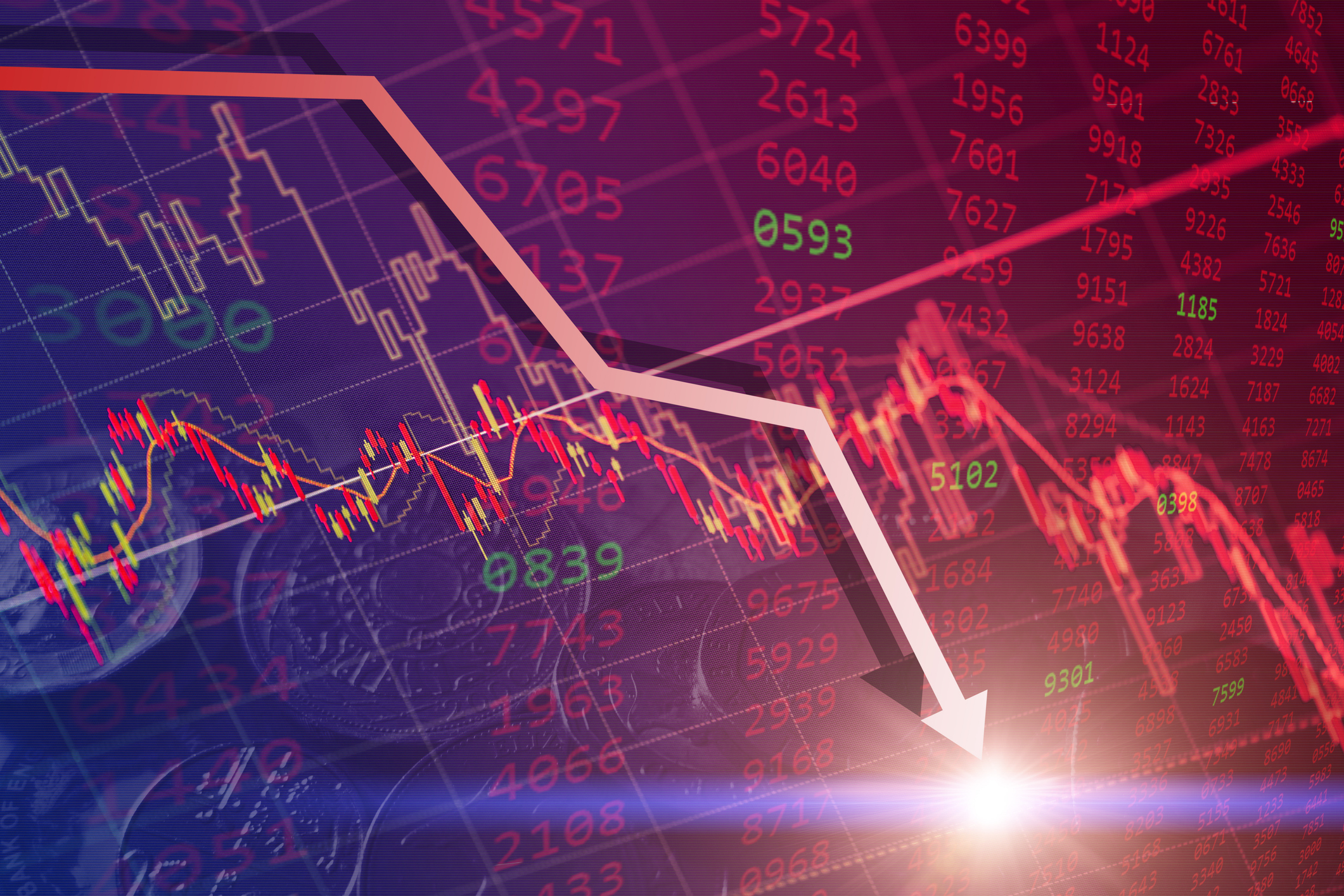7 Best Mutual Funds to Collect Stock Dividends
Some things never seem to grow old, including the love investors have for dividend stocks.


Some things never seem to grow old, including the love investors have for dividend stocks. There’s a good reason we love dividends. Between 1930 and 2012, they accounted for about 40% of the total return of Standard & Poor’s 500-stock index, according to a Morgan Stanley study. Here are our favorite dividend-stock mutual funds—two index funds and five actively managed portfolios. The list, with one exception (Vanguard High Dividend Yield Index Fund), is made up of funds that invest in so-called “dividend growers”—companies that consistently raise their payouts. All of the funds have one thing in common: They have been less volatile than the S&P 500 over the past one, three, five and 10 years.
All returns and data are through February 1. Click on ticker-symbol links for current prices and more.

American Funds American Mutual Fund
- Symbol: AMFFX
- Expense ratio: 0.67%
- Total assets: $41.8 billion
- 1-year return: 19.1%
- 3-year return: 9.3%
- 5-year return: 11.9%
- 10-year return: 6.6%
- Yield: 2.1%
We haven’t recommended American funds much in the past, in part because they were only available through advisers. Not anymore. Now Capital Group, which sponsors and manages the American Funds portfolios, offers a share class with no sales charge or transaction fee for each of its funds at certain brokerage firms. You can buy the F1 shares of American Mutual at Fidelity, Schwab and Scottrade with a super-low minimum initial investment of $250 ($25 if you opt for monthly automatic deposits). That and the fund’s low expense ratio, are part of this fund’s draw.
But the best thing about American Mutual is its ability to hold steady in rocky markets. Since its 1950 inception, American Mutual has outperformed the S&P 500 in all 14 market declines of 15% of more, says Morningstar analyst Alec Lucas. Losing less has helped over time. The fund’s long-term returns have been above average, and its risk has been well below average. Its 15-year record, a total return of 7.2% annualized, outpaces the S&P 500 by a smidge , and the fund was 18% less volatile over that time.
American Mutual invests in attractively priced stocks of industry leaders that pay steady dividends. It has some leeway to hold preferred stocks, convertible bonds, U.S. government bonds and investment-grade corporate debt, too. About 90% of the fund’s assets are invested in stocks, plus 2% in bonds and the remainder in cash. Its top three holdings are Verizon Communications, Texas Instruments and Amgen.

American Funds Washington Mutual Investors Fund
- Symbol: WSHFX
- Expense ratio: 0.66%
- Total assets: $86.9 billion
- 1-year return: 19.7%
- 3-year return: 9.6%
- 5-year return: 12.8%
- 10-year return: 6.4%
- Yield: 1.9%
Washington Mutual managers must follow a strict set of rules for the kinds of stocks the fund owns. But those guidelines, which target characteristics that are common among blue-chip stocks, make this fund a good fit for conservative investors looking for dividend stocks. One rule, for example, requires a company to have paid a dividend in eight of the previous 10 years. (Up to 5% of the fund’s assets can be in non-dividend payers, but they must pass even stricter requirements.)
Over time, the unique stock-picking strategy has delivered above-average returns with below-average risk. The fund’s 10-year annualized return, 6.4%, doesn’t beat the S&P 500, but it’s better than 77% of similar funds that invest in bargain-priced, large-company stocks. And the ride was 13% less bumpy than that of its peers.
Don’t let the fund’s size worry you. American Funds and its sponsor, Capital Group, employ a multiple-manager approach that cuts unwieldy funds down to size. Washington Mutual has eight managers, with each one running part of the fund separately from the others.

Buffalo Dividend Focus Fund
- Symbol: BUFDX
- Expense ratio: 0.98%
- Total assets: $52 million
- 1-year return: 20.4%
- 3-year return: 12.3%
- 5-year return: --
- 10-year return: --
- Yield: 1.5%
Buffalo Dividend Focus launched in 2012, which makes it the youngest fund among our picks. But we’re drawn to its nimble size: It has just $52 million in assets. And so far, managers Paul Dlugosch and Scott Moore have performed well. The fund’s three-year record beats the S&P 500 by an average of 1.4 percentage points per year.
Dlugosch and Moore focus on generating income by investing mostly in dividend-paying stocks that have a history of increasing those payments. They start with stocks with a market value of $1 billion—the fund can invest in companies of any size but favors large firms—and a minimum yield of 2.0%. The managers then zero in on bargain-priced companies that are leaders in their industry and that generate enough cash to support and raise dividends over time. Apple, for instance, is its top holding.

T. Rowe Price Dividend Growth Fund
- Symbol: PRDGX
- Expense ratio: 0.64%
- Total assets: $6.9 billion
- 1-year return: 18.0%
- 3-year return: 10.4%
- 5-year return: 13.1%
- 10-year return: 7.2%
- Yield: 1.5%
Manager Tom Huber calls Dividend Growth an “all weather” fund. Since he took over the fund in 2000, he has seen a few stormy periods. Throughout the aughts, for instance, the S&P 500 lost an annualized 1.0%; Dividend Growth, a Kiplinger 25 member, gained 2.8%. In 2008, the fund’s 33.3% loss was 3.7 percentage points better than the S&P 500 and beat 85% of similar funds. In good times, the fund has lagged the benchmark, but only by a little. Over the years, providing ballast in bad times—and largely keeping up in good times—has made for a good overall record. Since Huber stepped in as manager in March 2000, Dividend Growth has returned 6.8% annualized, ahead of the 4.5% return in the S&P 500.
- Huber focuses on large, sturdy firms that throw off lots of cash and thus have the capacity to consistently raise their dividends. “If companies are raising dividends, that means earnings and cash are growing, too,” says Huber. “These kinds of companies tend to be durable.” Top holdings are JPMorgan Chase, Microsoft and UnitedHealth Group.

Vanguard Equity Income Fund
- Symbol: VEIPX
- Expense ratio: 0.26%
- Total assets: $25.4 billion
- 1-year return: 19.0%
- 3-year return: 10.3%
- 5-year return: 13.1%
- 10-year return: 7.2%
- Yield: 2.8%
We recently added Vanguard Equity-Income to the Kiplinger 25. It is run by two outfits. Wellington Management’s Michael Reckmeyer manages two-thirds of the fund’s assets; Jim Stetler and Michael Roach of Vanguard’s in-house quantitative group, which uses computer models to pick stocks, run the remainder.
Both firms focus on generating income and share-price gains by investing in large, high-quality companies with above-average yields. But the managers go about picking stocks in different ways. Reckmeyer favors large firms with superior growth prospects and an ability to boost the dividend over time. And he likes to buy when stocks are out of favor or trading at low prices. Stetler and Roach employ computers to home in on companies with strong balance sheets, consistent earnings growth and managers who make shareholder-oriented decisions (such as raising dividends), among other factors.
The two teams have been working together for almost a decade (since August 2007). Since then, the fund has returned 7.8% annualized, which beats the 7.5% return of the S&P 500.

Vanguard Dividend Appreciation Index Fund
- Symbol: VDAIX
- Expense ratio: 0.19%
- Total assets: $22.6 billion
- 1-year return: 15.9%
- 3-year return: 8.7%
- 5-year return: 11.1%
- 10-year return: 6.7%
- Yield: 2.1%
There is no scarcity of choices when it comes to dividend-oriented index funds. But we favor Vanguard Dividend Appreciation because it focuses on companies that regularly boost their dividends.
The fund tracks the Nasdaq US Dividend Achievers index, but eligible stocks include any U.S. security listed on Nasdaq or the New York Stock Exchange. The main qualification is that a company must have increased payouts for at least 10 of the past consecutive years. Limited partnerships, real estate investment trusts and financially troubled firms are excluded. Currently, 186 stocks make the mark (other proprietary screens help to winnow the list). The securities are weighted by market value; the bigger the company in market capitalization (share price multiplied by shares outstanding), the bigger its position in the fund. The fund is recalibrated once a year in keeping with the index. Its top three holdings are Microsoft, Johnson & Johnson and PepsiCo.

Vanguard High Dividend Yield Index Fund
- Symbol: VHDYX
- Expense ratio: 0.16%
- Total assets: $17.1 billion
- 1-year return: 20.0%
- 3-year return: 11.3%
- 5-year return: 13.6%
- 10-year return: 6.9%
- Yield: 3.0%
In general, we prefer companies that consistently raise dividends to firms that simply pay a high dividend yield. But Vanguard High Dividend Yield doesn’t sacrifice quality for yield. The index that the fund tracks focuses on projected dividends, and firms with no payout expected over the next 12 months don’t make the cut. While the index’s construction methodology starts with companies of all sizes, in the end it is made up mostly of large, established firms. Holdings in the fund have an average market value of $83 billion. All told, the fund holds more than 400 stocks that have been screened for yield and then weighted in the fund by market value.
- Over the long haul, the fund has delivered more return for the risk than its typical peer (funds that invest in large companies with growth and value characteristics). Its 10-year annualized return outpaces 89% of its peers.
Profit and prosper with the best of Kiplinger's advice on investing, taxes, retirement, personal finance and much more. Delivered daily. Enter your email in the box and click Sign Me Up.

Nellie joined Kiplinger in August 2011 after a seven-year stint in Hong Kong. There, she worked for the Wall Street Journal Asia, where as lifestyle editor, she launched and edited Scene Asia, an online guide to food, wine, entertainment and the arts in Asia. Prior to that, she was an editor at Weekend Journal, the Friday lifestyle section of the Wall Street Journal Asia. Kiplinger isn't Nellie's first foray into personal finance: She has also worked at SmartMoney (rising from fact-checker to senior writer), and she was a senior editor at Money.
-
 Santa Claus Rally at Risk as Tech Stocks Slump: Stock Market Today
Santa Claus Rally at Risk as Tech Stocks Slump: Stock Market TodayThe Nasdaq Composite and Dow Jones Industrial Average led today's declines as investors took profits on high-flying tech stocks.
-
 7 Ways to Save Money on Almost Everything
7 Ways to Save Money on Almost EverythingHigh prices got you down? These strategies can help you reap deep discounts on everyday spending.
-
 My Top 10 Stock Picks for 2026
My Top 10 Stock Picks for 2026Each year, we ask an expert to pick 10 stocks that have the potential to beat the market over the next 12 months. Here are his choices for 2026.
-
 Santa Claus Rally at Risk as Tech Stocks Slump: Stock Market Today
Santa Claus Rally at Risk as Tech Stocks Slump: Stock Market TodayThe Nasdaq Composite and Dow Jones Industrial Average led today's declines as investors took profits on high-flying tech stocks.
-
 Gold and Silver Shine as Stocks Chop: Stock Market Today
Gold and Silver Shine as Stocks Chop: Stock Market TodayStocks struggled in Friday's low-volume session, but the losses weren't enough to put the Santa Claus Rally at risk.
-
 The Santa Claus Rally Officially Begins: Stock Market Today
The Santa Claus Rally Officially Begins: Stock Market TodayThe Santa Claus Rally is officially on as of Wednesday's closing bell, and initial returns are positive.
-
 'Humbug!' Say Consumers, Despite Hot GDP: Stock Market Today
'Humbug!' Say Consumers, Despite Hot GDP: Stock Market Today"The stock market is not the economy," they say, but both things are up. Yet one survey says people are still feeling down in the middle of this complex season.
-
 Stocks Rise to the Spirit of the Season: Stock Market Today
Stocks Rise to the Spirit of the Season: Stock Market TodayInvestors, traders and speculators are beginning to like the looks of a potential year-end rally.
-
 Nasdaq Leads as Tech Stages Late-Week Comeback: Stock Market Today
Nasdaq Leads as Tech Stages Late-Week Comeback: Stock Market TodayOracle stock boosted the tech sector on Friday after the company became co-owner of TikTok's U.S. operations.
-
 Cooler Inflation Supports a Relief Rally: Stock Market Today
Cooler Inflation Supports a Relief Rally: Stock Market TodayInvestors, traders and speculators welcome much-better-than-hoped-for core CPI data on top of optimism-renewing AI earnings.
-
 Nasdaq Sinks 418 Points as Tech Chills: Stock Market Today
Nasdaq Sinks 418 Points as Tech Chills: Stock Market TodayInvestors, traders and speculators are growing cooler to the AI revolution as winter approaches.
